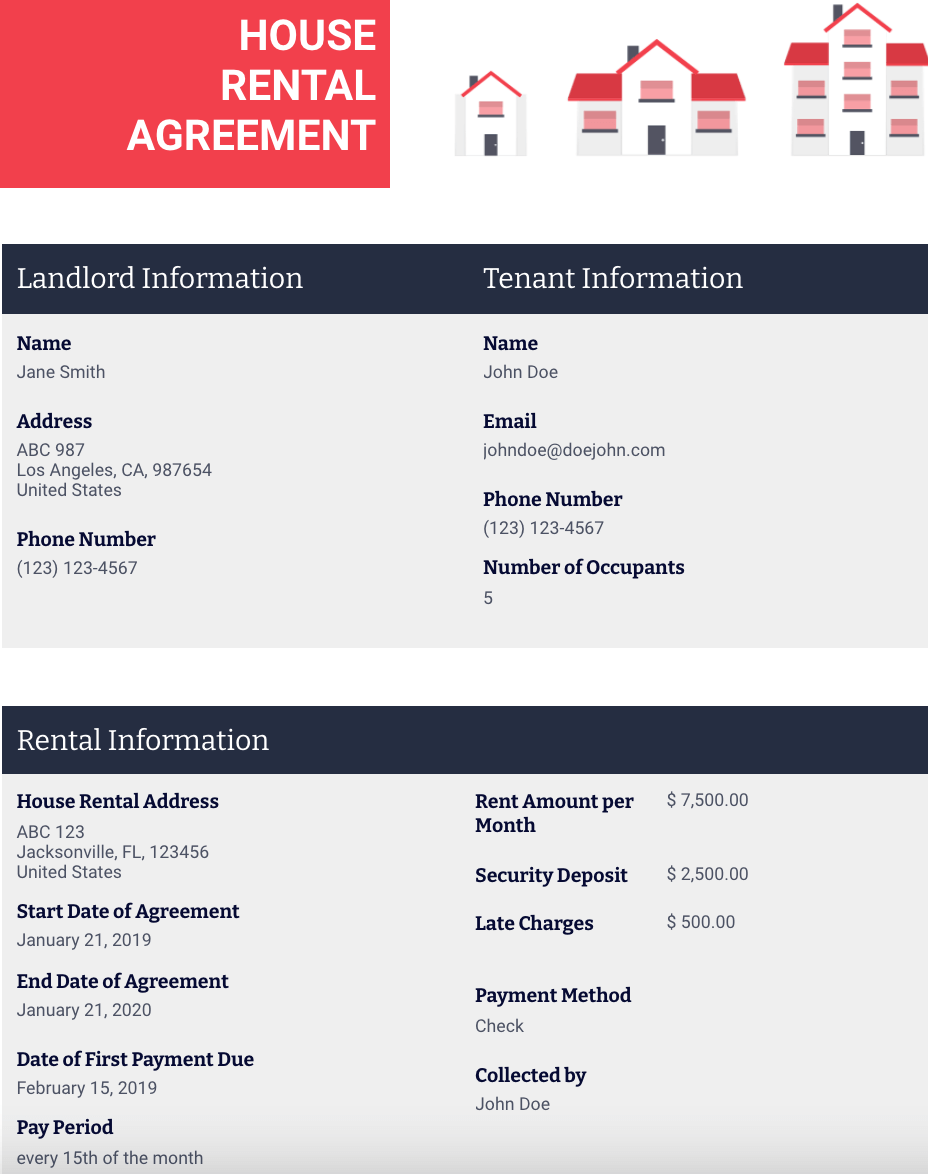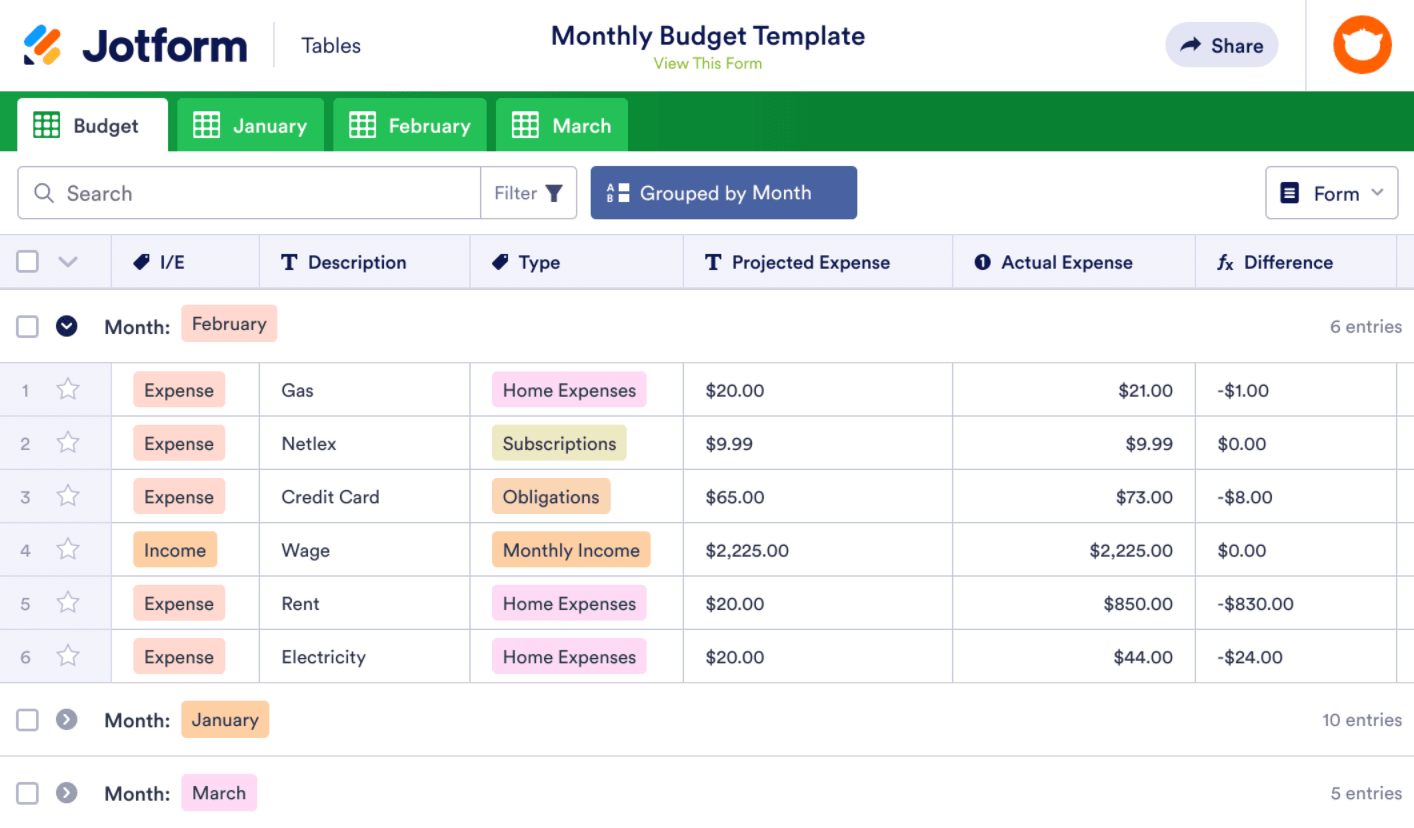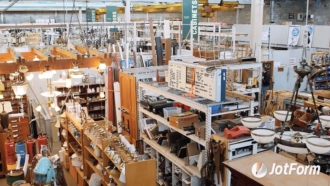11 reasons to go a paperless workflow
- Most people are tech-savvy
- You can save trees
- Remote teams mean less overhead
- It’s more secure
- You can save money on expendable supplies
- You get faster and simpler communication
- It shows people you run a forward-thinking business
- There’s less mail-handling labor
- There’s less office clutter
- Your customers get a better experience
- Online forms mean no data entry
The paperless office has been a dream for decades. Going paperless has always involved considerable challenges, though.
First off, a lot of organizations continue to do business as usual simply because that’s how it’s always been done. Changing the status quo would require some serious out-of-the-box thinking.
Another reason is that few people truly understand the technology required for a paperless workflow — and people rarely trust what they don’t understand. A piece of paper and a filing cabinet have always made sense. Redundant servers, RAID partitions, and cloud storage APIs, on the other hand, are a little more challenging to comprehend.
Then there’s the issue of dealing with outdated business models and bureaucracies. But most businesses — and even most small-town government offices — have digital communication options nowadays.
If those challenges aren’t enough to scare you away, that’s great. To strengthen your resolve, here’s a list of reasons why going paperless really is the right choice.
1. Most people are tech-savvy
If you wanted to go paperless in the 1990s, you’d have had a hard time. The technology was there, but people hadn’t caught up yet. You’d have spent hundreds or thousands of hours teaching people how to use scanners, email, etc.
Nowadays, even most grandparents are on social media and know how to create and email a Word document. Getting people to migrate over to a paperless workflow isn’t nearly the challenge it once was.
2. You can save trees
Driving through the forests of Oregon is a magical experience. There are thousands of miles of forest-lined roads to explore. But sometimes you’ll see that past a thin row of trees along the road are large areas of clear-cut forest with no trees left at all.
The timber industry has gotten much better about replanting forests and thinning trees rather than clear-cutting, but there’s no way to replace centuries-old trees and the benefits they provide. Going paperless has clear environmental benefits and signals that your business supports sustainable practices.
3. Remote teams mean less overhead
A lot of companies had no choice but to overcome their concerns about letting people work remotely in 2020 when the COVID-19 pandemic hit. Meanwhile, many other companies had been doing it for years with no problems.
In fact, allowing employees to work remotely provides huge cost savings. It means fewer service staff — like for security and janitorial needs. It also means lower electricity and water costs. You could also lower or eliminate rental costs if there’s a limited need for office space.
But in order to make remote work work, you have to store documents digitally.
4. It’s more secure
If someone wants to break into a filing cabinet, all they need is a screwdriver. Put the documents in a locked room, and someone can slip in while someone else is coming out. Well, then, why not install cameras?
Or you could just avoid all that hassle and save documents on a secure server. Modern encryption would take the most advanced computers trillions of years to crack.
Also, with paper records, all it takes is one fire, one flood, one tornado, or one earthquake, and your business records could be gone. Not so with cloud storage — in fact, your files are usually saved in multiple secure locations with disaster protection. You can even back up your files locally and remotely for extra security.
5. You can save money on expendable supplies
The cost of paper is just the beginning. You’ve got paperclips, pens, sticky notes, tape, staples, and on and on. Then you probably need a dedicated office manager to handle those supplies. And, of course, there’s always the issue of supply theft.
6. You get faster and simpler communication
What if your business needs to fill out dozens of forms and deliver them to different locations each day? Using a tool like Jotform can streamline the whole process. Anyone who needs a form can quickly and easily access all the forms — and form responses — your business uses in one place. And our PDF templates can make creating attractive forms fast and easy too.
7. It shows people you run a forward-thinking business
Embracing technology makes you look smart. It shows that your business is ready to handle future challenges. It means you’re not going to get left behind the next time a big technological change happens.
Using tools like Jotform Tables is a way to make the most of paperless workflows. You can manage your whole business by connecting tables to each other and to forms. And getting started is easy with the many templates available to you.
8. There’s less mail-handling labor
Gone are the days when a young upstart could get a job in the mailroom and work their way up to an executive corner office. And in many cases, gone are the days of the mailroom.
Managing mail is one of the biggest bottlenecks for businesses. Someone has to open it, read it, then, in many cases, manually integrate it into an online system. That often means time spent on filing and data entry.
9. There’s less office clutter
Remember all those office supplies mentioned earlier? They tend to pile up on people’s desks. And they pile up right next to giant towering piles of unending paperwork.
In a paperless office, all a desk should have on it is a computer and a few family photos.
10. Your customers get a better experience
Everybody loves going to the DMV, right? You get to stand in long lines. You get to sit around for hours, packed in with hundreds of other strangers, waiting for someone to call you to the counter.
Then you get to fill out tons of paperwork. And it’s all wrapped up with an interaction with an overworked civil servant who may not be so pleasant. On second thought, maybe nobody loves that.
The thing is, technology can automate and streamline almost the whole DMV experience. With the exception of showing someone certain documents and getting your picture taken, you really wouldn’t need to go in at all.
So why should your business be less efficient than the DMV could be? The more you can separate yourself from paper, the further your business gets from being like the DMV.
11. Online forms mean no data entry
Every time someone fills out a paper form, it takes a number of people to process it. One person fills it out. Then a data entry person has to enter it into a system. Then someone needs to file the paper away.
But someone can fill out, store, and analyze form data with Jotform in less time than it would take to fill out a form with pen and paper.
And here’s a job we didn’t even mention — someone has to create the form in the first place. That’s another task you can streamline with the thousands of templates Jotform provides.






















Send Comment: